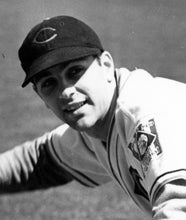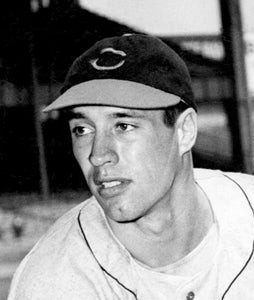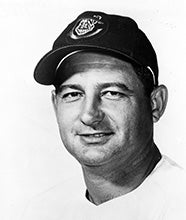- Home
- Our Stories
- Veeck launches big league career by purchasing Indians
Veeck launches big league career by purchasing Indians
Bill Veeck fought for change like few other owners, earning induction to the Hall of Fame in 1991 as an executive.
On June 22, 1946, Veeck’s journey to Cooperstown began in earnest when his syndicate purchased the Cleveland Indians.
As owner of the Indians, Veeck set the precedent of marketing and promoting in baseball. Having owned the Milwaukee Brewers, a then minor league team, Veeck used many of his game-tested promotional material in Cleveland.
With his out-of-the-box and creative promotions, Veeck improved the Indians’ sluggish attendance from one of the worst in the American League to first in 1948.
Hall of Fame Membership
There is no simpler, and more essential, way to demonstrate your support than to sign on as a Museum Member.
That year, the Indians captured a World Series title led by a mixture of Veeck’s additions of Joe Gordon, Larry Doby and Satchel Paige and holdovers Lou Boudreau, Bob Feller and Bob Lemon.
Doby broke the color barrier in the American League when Veeck signed him in 1947. The signing of Paige didn’t lack significance either, as he became the oldest player to debut in Major League Baseball as a 42-year-old rookie.
Many reporters and owners in the AL were upset with the signing of Paige, as they believed it to be a gimmick. Paige defied age on a number of occasions, but had his best individual season in the majors in ’48 as a key member of the Indians bullpen.
But Veeck understood that a winning ball club was only part of the fun fans could have at a game.
So in addition to providing a winning club in Cleveland, he provided unique giveaways that gave fans something to talk about for days.
Veeck, as the owner of the St. Louis Browns, created possibly his most famous stunt in baseball in 1951. That year, Veeck sent 3-foot-7-inch Eddie Gaedel into the game as a pinch hitter. On four straight pitches, Gaedel walked before being lifted for a pinch runner.
A lesser known promotion Veeck pulled off in St. Louis was giving the fans the power to manage the game. He gave a select number of fans cards that read “yes” and “no,” and would ask them managerial questions. The fans would respond yes-or-no with the majority vote as the deciding factor.
It proved to be one of the few victories the Browns would have that year.
In a letter by Early Wynn to Veeck, published by the Chicago Sun-Times, Wynn paid tribute to Veeck, who was forced to sell the White Sox – he purchased the club in the late 1950s and led them to the 1959 AL pennant – in the early 1960s due to health reasons:
“There are a lot of other people who should be grateful to you, especially the other club owners. You’ve helped all of them at the gate and even though they don’t always seem to approve of some of the entertainment you’ve offered I haven’t seen an owner yet who didn’t like a packed house. To me and the other players, you’ll always be the No. 1 club executive of all time.”
Veeck later re-purchased the White Sox in the 1970s, then sold them in the early 1980s. He passed away in 1986.
Kevin Stiner was a Public Relations intern for the National Baseball Hall of Fame and Museum
Related Stories

Bill Veeck Returns as White Sox Owner
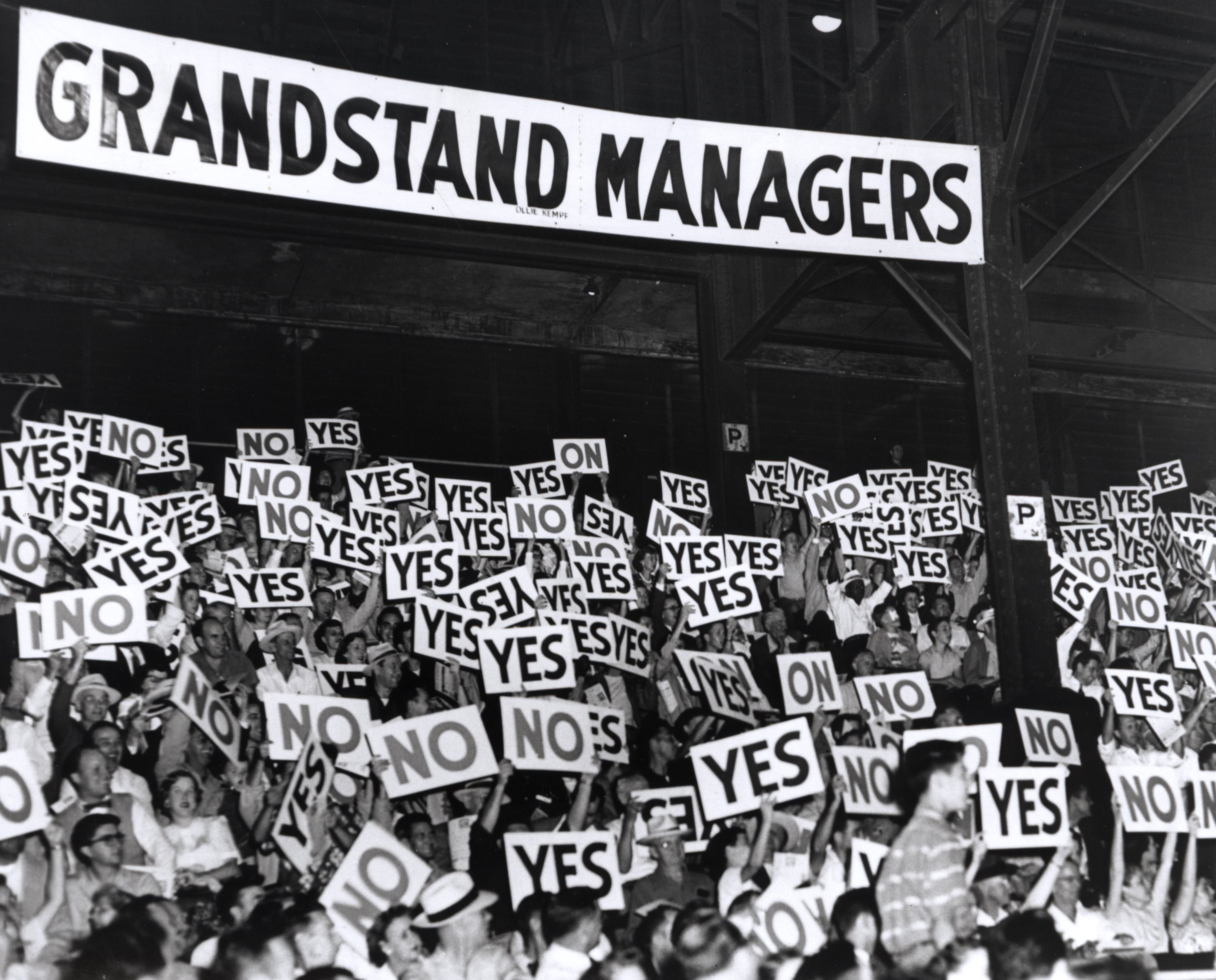
Bill Veeck holds ‘Grandstand Managers Night’
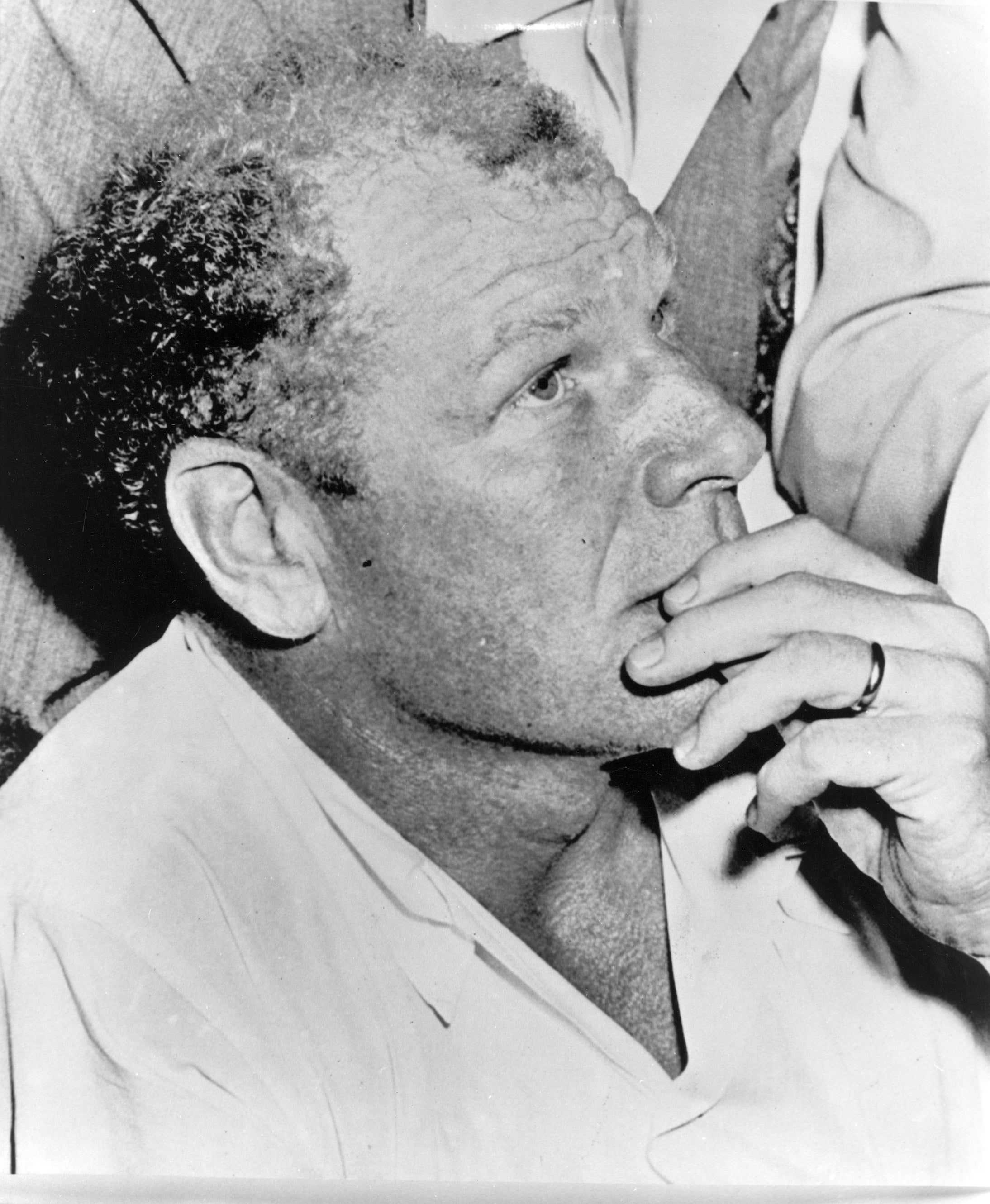
Veeck brought fun back to baseball
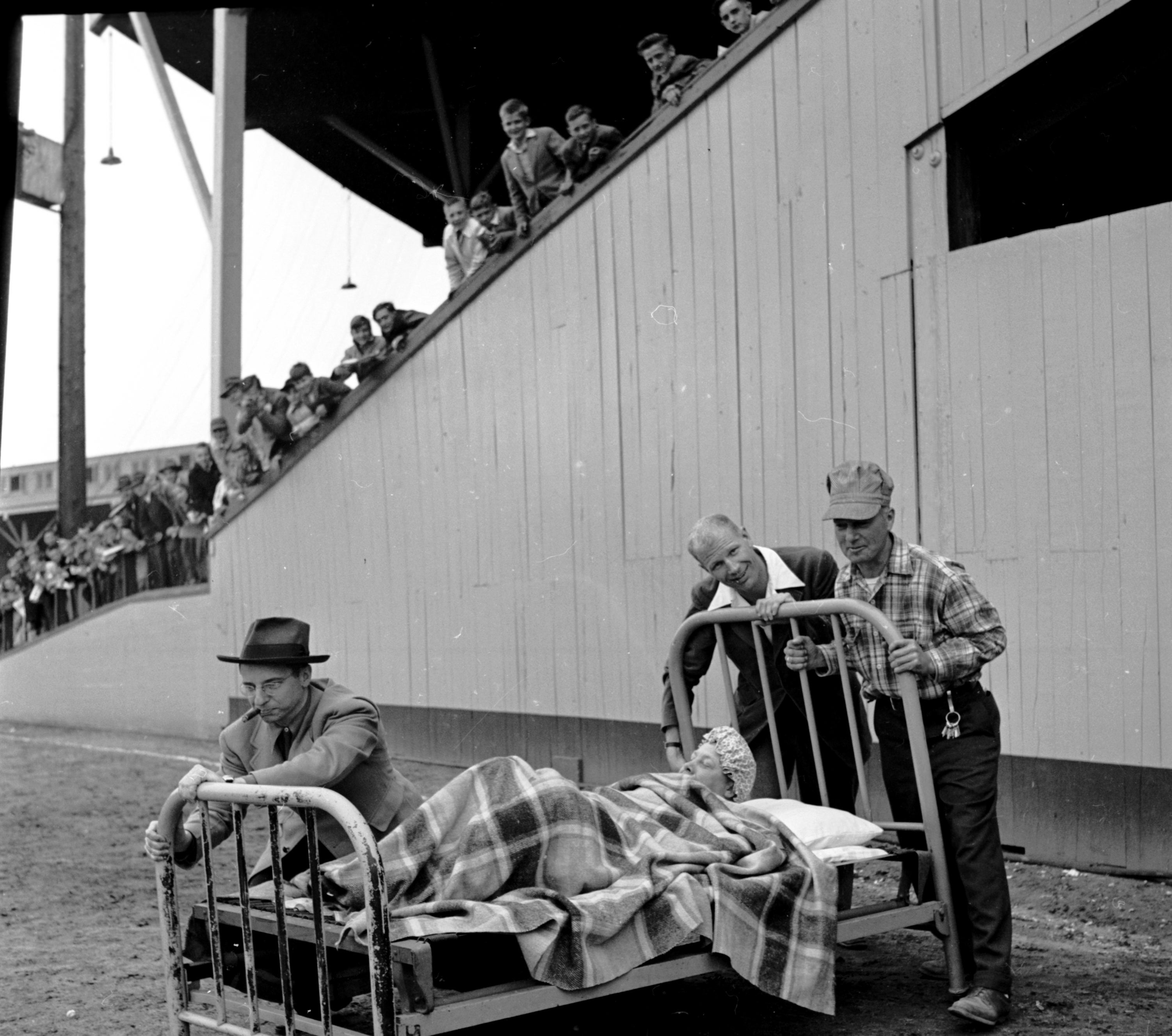
Bill Veeck, Eddie Gaedel and the Birth of Legend

Bill Veeck Returns as White Sox Owner

Bill Veeck holds ‘Grandstand Managers Night’

Veeck brought fun back to baseball





